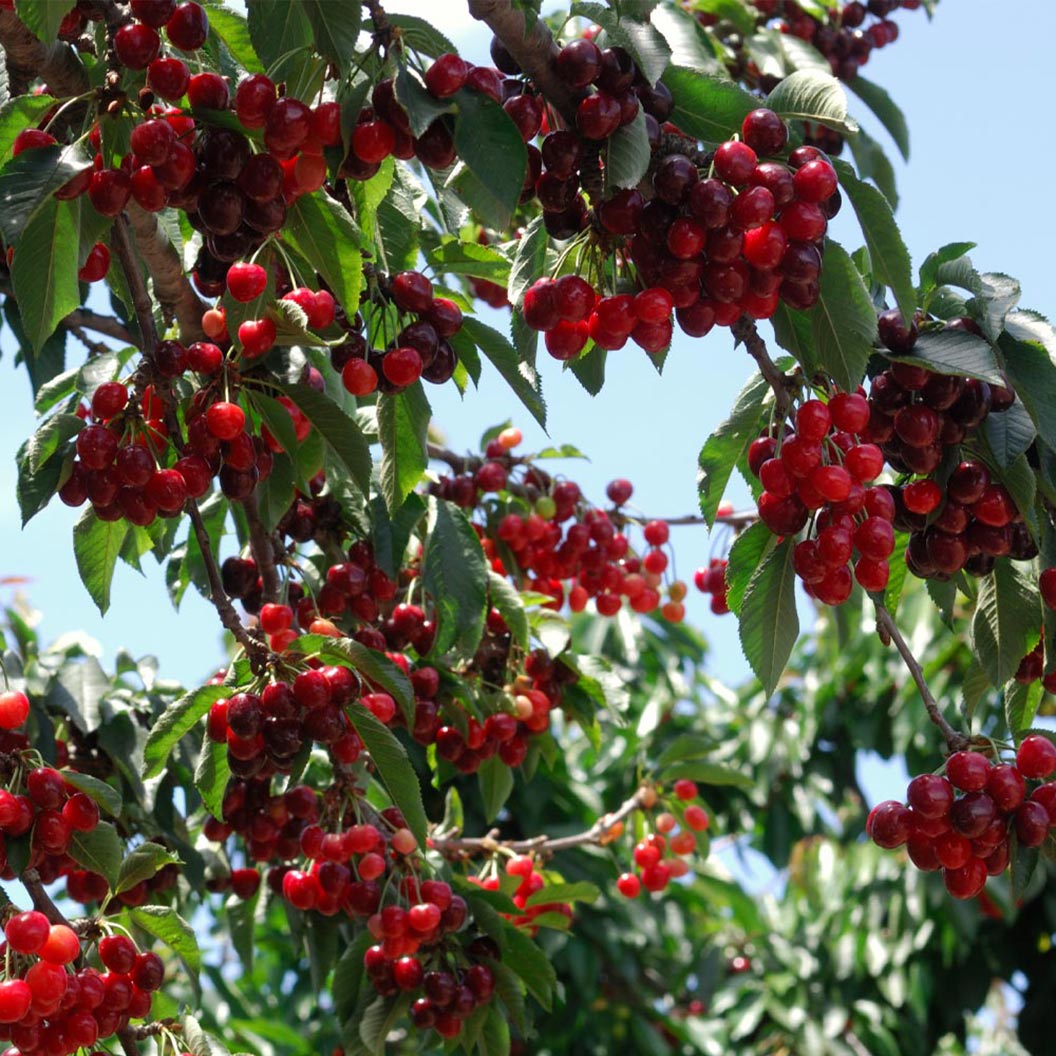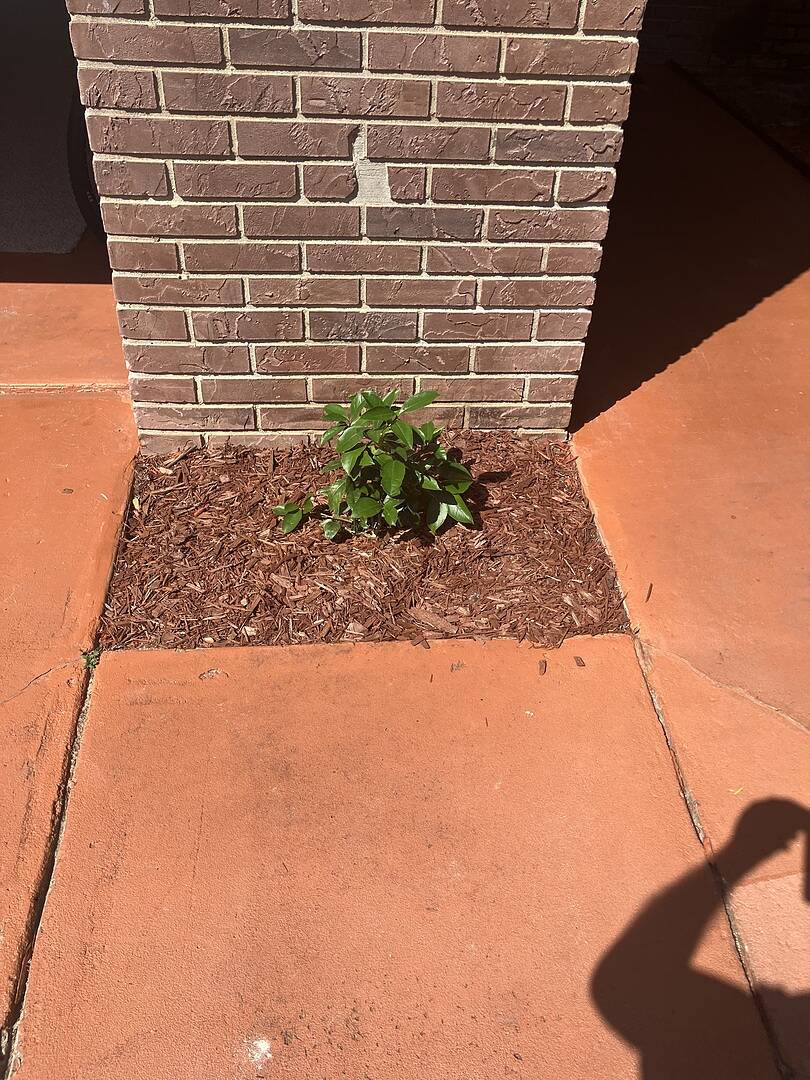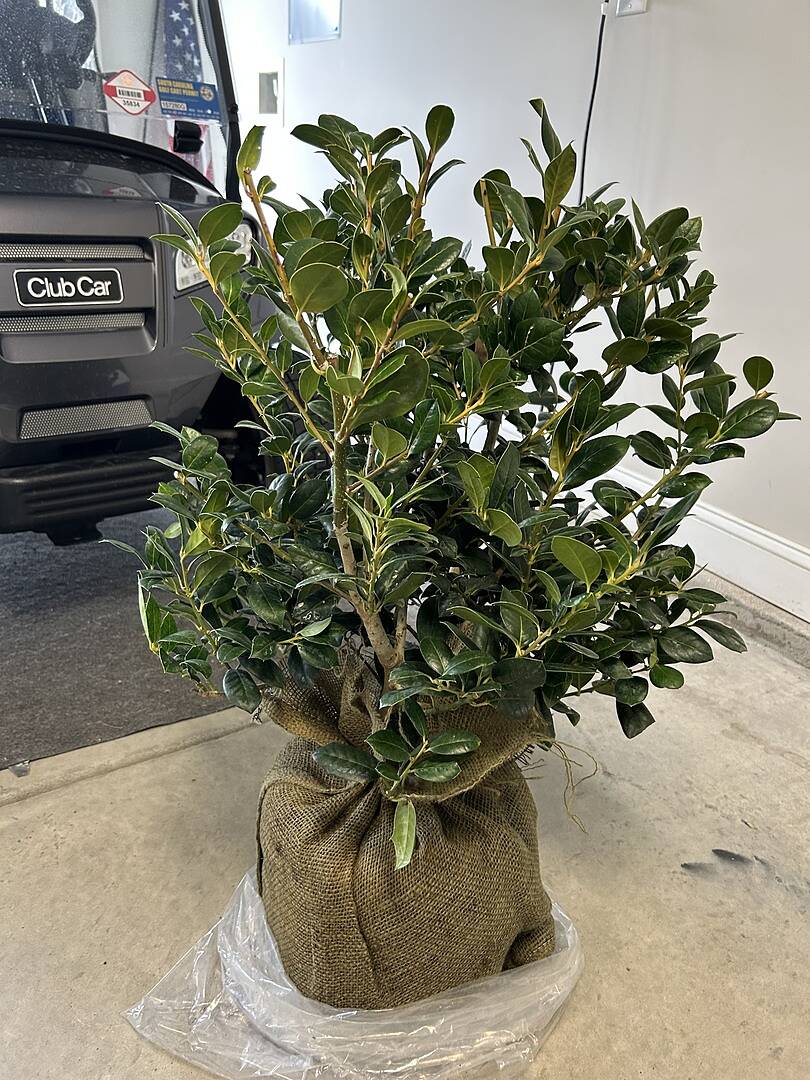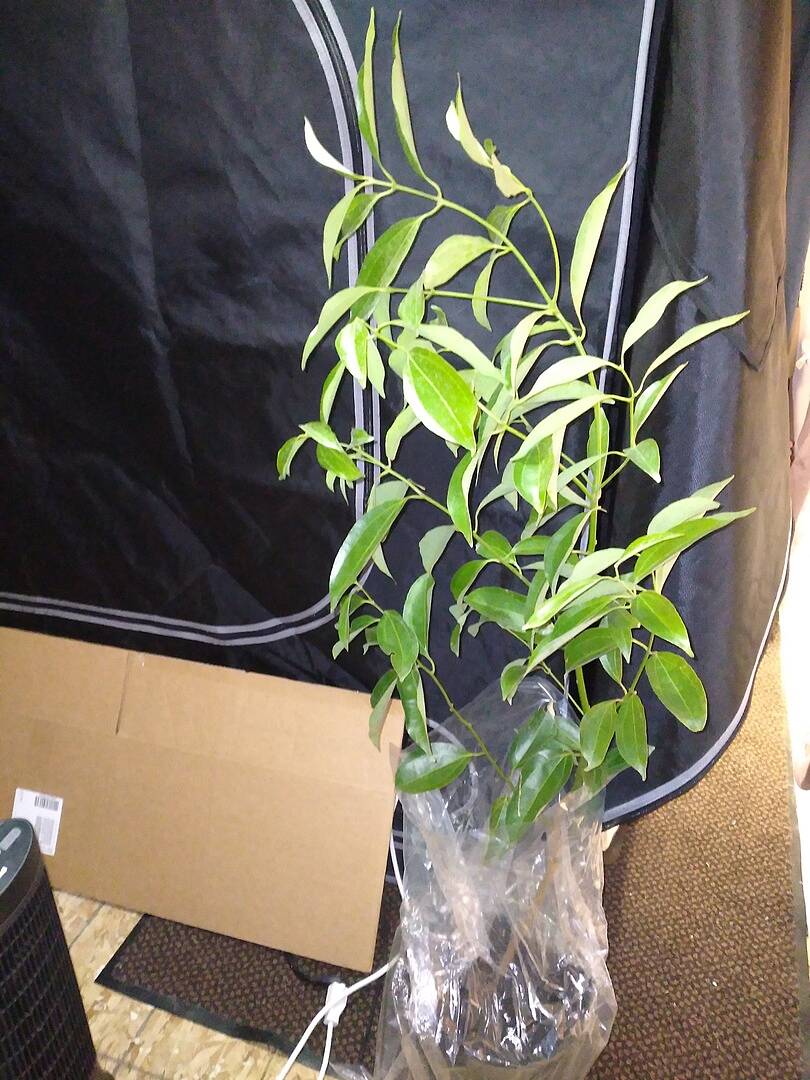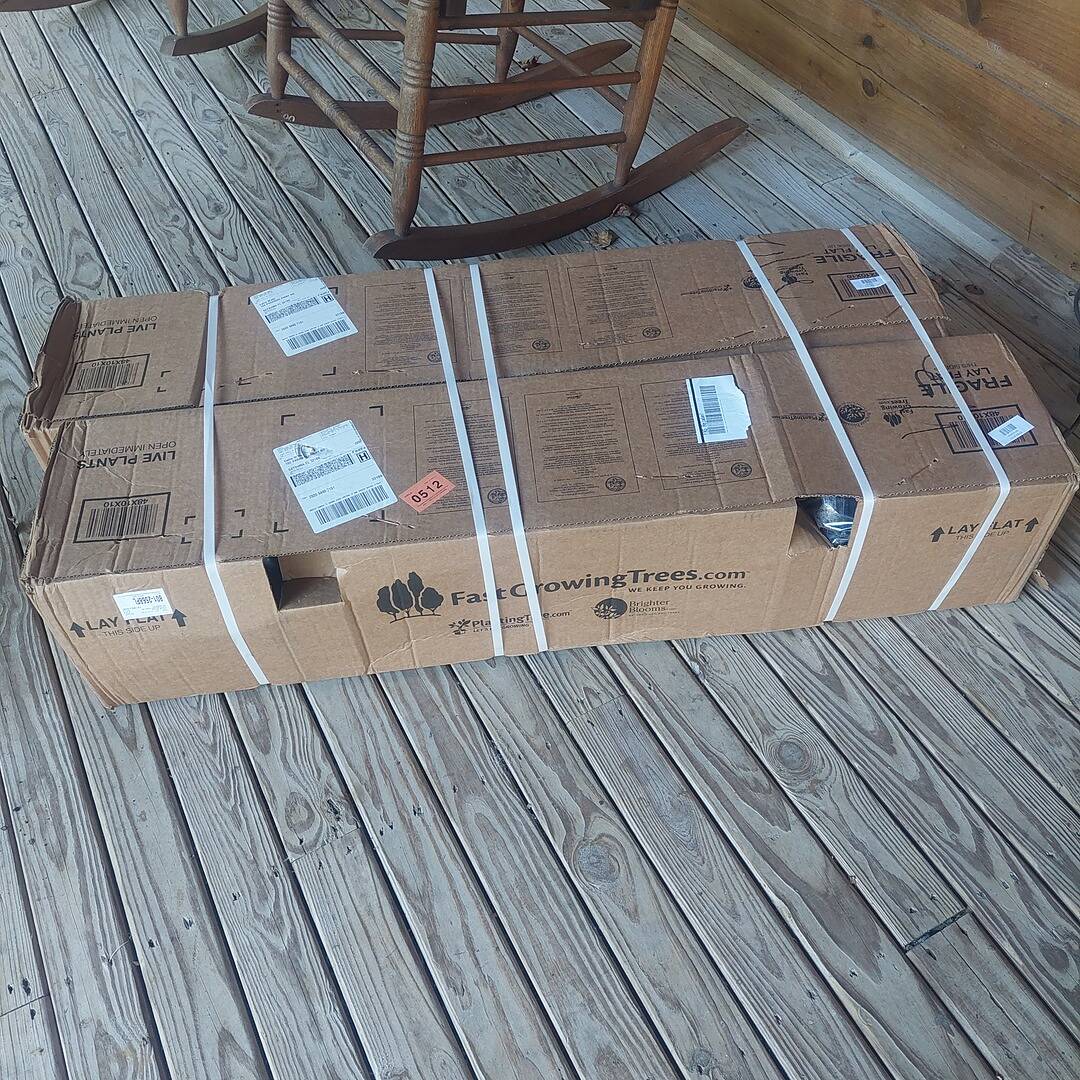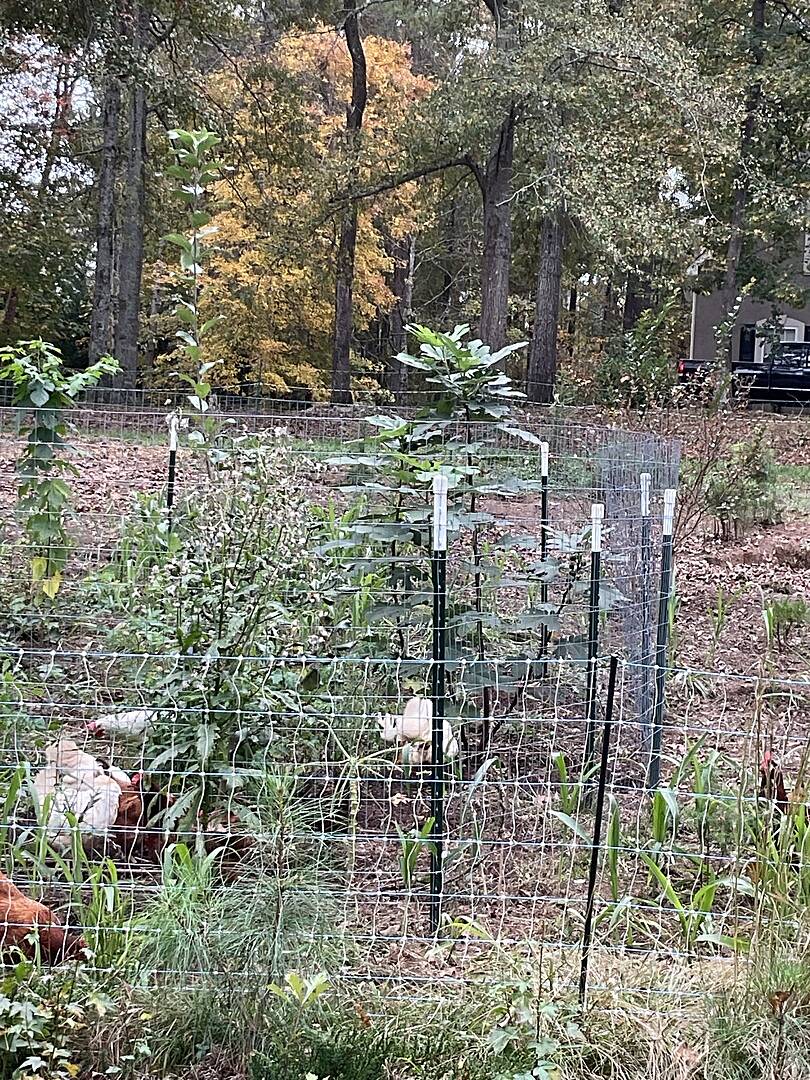Ask a Master Gardener: Fall Garden Tips
Last updated: Sep 28 2021

It’s officially fall - get ready, grab your gloves, and let’s garden!
It's certainly not cool at my house, but it is time to begin fall gardening chores. My first chore is always my vegetable garden. I clean it up, get rid of plants that are no longer producing, and add manure to the soil. Here in North Carolina, we plant fall crops right after Labor Day - we're looking forward to fresh beets, spinach, broccoli, kale and lettuce.
Continue to water your plants if you're not getting rain. Remember from our summer tips: Water in the morning only, and water the roots, not the leaves. Take special care of new trees and shrubs planted in the last year, as the summer heat has stressed them more than established plants.

Continue to water throughout fall, particularly new plants and trees
Also be sure to mulch your newly planted trees and plants - and re-apply mulch to your existing plants. A thick layer will help plants conserve water throughout the last of the summer heat - and will help regulate temperature during the cooler winter months.
Fall is also the time for lawn care. If you have a cool-season grass, such as Bluegrass, Fine Fescue or Tall Fescue, now is the time to do your fall maintenance. That means aerating, overseeding, and fertilizing. If you have a warm-season grass, such as Zoysia, Centipede, Bermuda or St. Augustine, keep it well-watered and put down pre-emergent to stop cool-season weeds.
If you want to plant bulbs, make sure you get them ordered now so that you are ready to plant when it cools down. Create a bed for your bulbs, and amend the soil with compost. If you have bulbs you want to move to a new spot, now is the time for that, too.
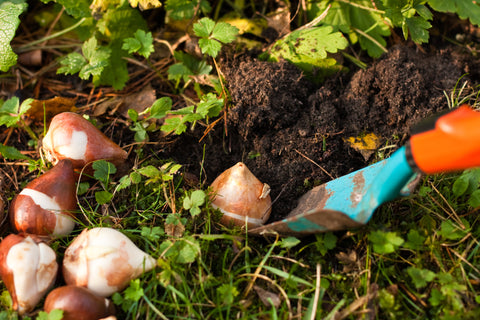
Fall is the best time to plant bulbs, like Daffodils, Tulips, Daylilies and more
By the end of the month in our area, we can start to plant our trees. Some of you around the country, particularly in the north, already have cool enough weather to plant. Just remember, if you are not getting rain, keep your newly planted trees watered well.
We all know trees provide fall beauty and better air and water quality. But did you know that trees are a natural way to block out unwanted noise and sights, too? They can provide privacy and act as a wind break. Let's take a look at creating a privacy screen using trees this fall.
What size privacy fence are you wanting? Are you trying to block out the neighbors next door, or do you just want privacy when you are sitting on your patio? While thinking of plants, it's important to consider the mature size of the plant or tree - that means not only height but width, too. Make sure you choose plants that will grow to the desired size, because removing plants and trees is a harder job than you want to tackle!
Another consideration is the variety of trees or shrubs. While you can plant a privacy screen of all one tree, I think variety is important because it adds interest and uniqueness. More importantly, diversity can save your landscaping. If you diversify your plants and trees, a particular pest may target one species but will not take out your entire planting. It is unusual that one pest will attack a wide variety of plants.
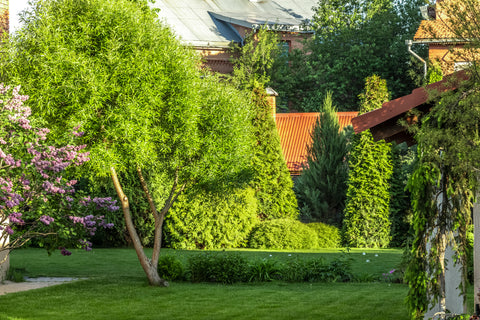
Incorporating multiple types of trees and shrubs into a privacy screen adds aesthetic value and helps your plants avoid pests
Proper spacing when planting is so important. A common mistake is planting things too close together. I know, I like instant gratification, too. But in this case, patience is truly a virtue - planting too close together can stunt growth, as well as lead to disease and other issues. An easy rule to follow is to divide the mature width of your plant or tree by half, and use that as the minimum spacing.
For newly planted trees this fall, please remember - do not fertilize the first year of planting, or until you have tested and know what is needed in the soil for your trees and shrubs.
So many wonderful things to think about when you have a yard. Just a note to end on for a laugh - I planted collards in my vegetable garden. A rabbit, or maybe a few, got into my garden. I no longer have collards so I will be supporting the local economy and buying my collards this year. Happy fall planting!
Read the rest of our Ask a Master Gardener series:
- Ask a Master Gardener: The Most Important Thing in the Garden
- Ask a Master Gardener: Summer Planning for Fall Planting
- Ask a Master Gardener: Choosing the Right Plants
Written by
Phyllis Ferguson
Phyllis is a Master Gardener growing in Zone 7 in Charlotte, North Carolina. She loves working in her landscape with flowering shrubs and perennials, planting around ponds and water features, and taking care of her dogs and her backyard chickens.
A longtime Master Gardener educator in North Carolina, Phyllis is sharing her best tips for plant selection, gardening, landscape care and more with FastGrowingTrees.com.




